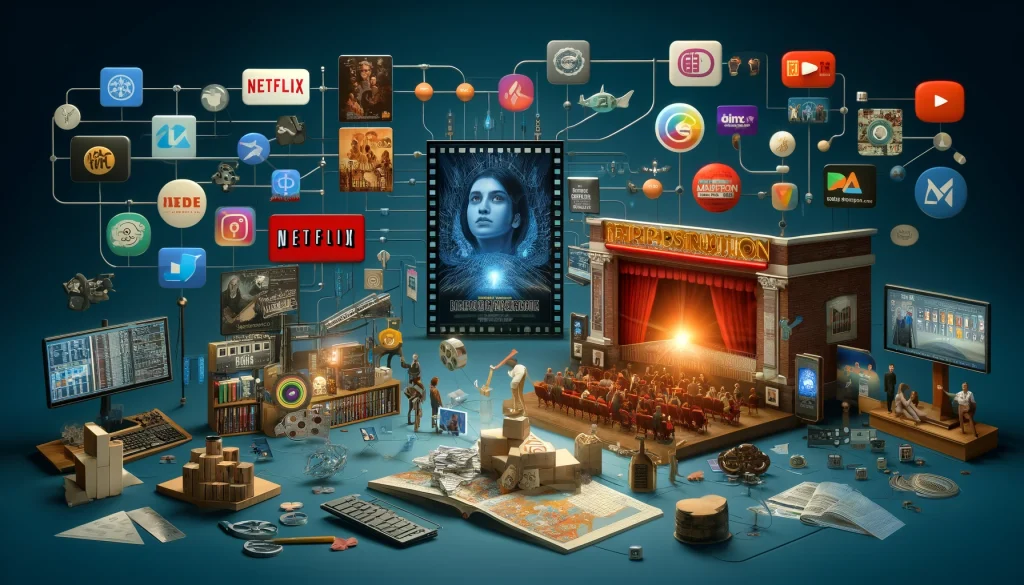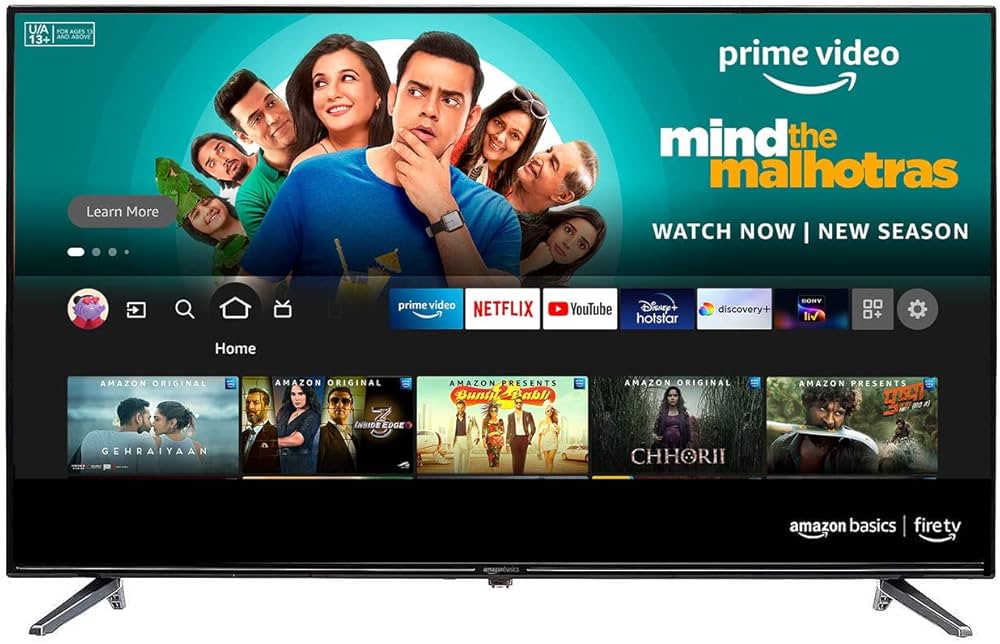Movie distribution is the second of the three pillars of the film industry. The first is production (the making of the film), and the third is exhibition (actually showing the film to audiences).
Types of Distribution:
- Theatrical
- Direct-to-video
- Video-on-demand (including streaming)
- Non-theatrical (educational, etc.)
What does a film distributor do?
Not since the days of the nickelodeon have filmmakers lugged their movies’ reels to a theater and asked them to show it to audiences (and that’s an oversimplification of what happened in the days of the nickelodeon).
The distributor has acted as this middle man but what exactly do they do?
There are three primary steps in the movie distribution process: licensing, marketing, and delivery.
Licensing
To kick things off, a studio will sign a contract with a distribution company. Many large studios have their own distribution companies, but independent studios will market their films around to a variety of distribution firms.
The contract is critical for both sides: it essentially outlines how the money will be split and for how long.
Most contracts can be categorized as leasing or profit sharing models. With a leasing model, the distribution company will pay a predetermined amount for rights to the film – the production company will get the same profit whether or not the film does well.
For profit-sharing, each party will agree on getting a percent of the film’s box office. Depending on the contract, the distributor will usually receive between 10% and 50% of the profits.
Many contracts are a hybrid of these two models, with the distributor paying an up-front fee and then sharing profits.
The contract also stipulates length – essentially, how long the distributor will have the rights of the film. This is usually a considerable amount of time, like ten to fifteen years.
This video discusses distribution agreements more in depth:
From there, the distributor will work to get the film shown in as many market territories across the world as possible – it’s all about maximizing profit.
Local distributors, meanwhile, represent a single territory. In this case, a production company may grant rights to multiple different local distributors in different territories.
Marketing
Distributors are also in charge of marketing. This involves everything from trailers, press materials, EPKs, posters, contracting a PR firm, and more.
What marketing will look like for a given film depends on the distributor’s calculation of the film’s commercial potential. If the film is poised to be a niche but critically-acclaimed indie, a distribution company may not spend much on big-budget TV commercials and instead focus on sending screeners to journalists to generate word-of-mouth.
For a tentpole production, a distribution company will likely go all out in order to maximize profits. There’s far less risk of throwing good money after bad.
Delivery
Finally, the film is ready to be seen. So how does the film get into the hands of exhibitioners? That’s also the job of distributors. In the heyday of film, this meant physically getting the reels to theaters, which could be a costly endeavor.
Today, the assets are more commonly Digital Cinema Packages (DCPs). These are high resolution files that are encrypted and sent to theaters.





